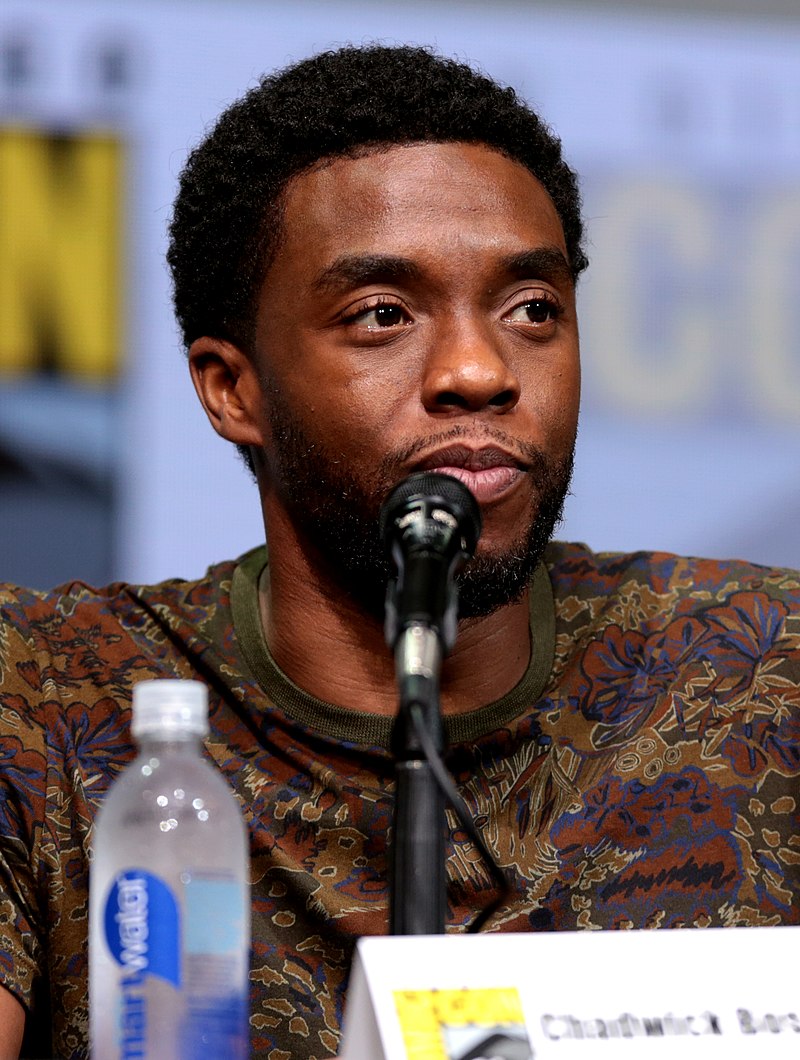22222222Honoring National HBCU Week
By Jenny Horn
In recognition of this week being National Historically Black Colleges & Universities (HBCUs) Week, it is important to discuss the history behind such instrumental institutions. Today there are over a hundred colleges considered to be HBCUs, but the first one draws back to the Higher Education Act of 1965. The Act was passed and defined an HBCU as being “any historically Black college or university that was established prior to 1964, whose principal mission was, and is, the education of Black Americans, and that is accredited by a nationally recognized accrediting agency or association determined by the Secretary [of Education] to be a reliable authority as to the quality of training offered or is, according to such an agency or association, making reasonable progress toward accreditation.”
The first Historically Black College & University was founded in 1837 by Richard Humphreys, and known as Cheyney University of Pennsylvania. Humphreys initially named the school the African Institute, and even later known as the Institute for Colored Youth. His primary goal was to change the way education was offered and protected for young Black youth, and he designated his wealth to begin such a school that would bring these higher education opportunities to African Americans. While classes at Cheyney University originally focused on trades and agriculture, today the university offers opportunities across the board to its student body.
Since 1837, hundreds of other HBCUs were founded from the ground up across the United States. Lincoln University of Pennsylvania, the first HBCU that granted college degrees, opened in 1854, Wilberforce University which was the first college operated by African Americans opened in 1856, and Harris-Stowe State University opened in 1857 to focus specifically on teaching and education courses for its young students.
Shaw University of North Carolina was the first HBCU to be founded post-Civil War, while the American Missionary Association and the Freedmen’s Bureau founded many other historically Black colleges and universities in the following years as well. After the second Morrill Act was passed in 1890, a boom of HBCUs were founded as the Act required states to give land grants to institutions to admit Black students.
Many notable individuals in history have attended HBCUs, including the Martin Luther King Jr., Oprah Winfrey, Michael Strahan, Thurgood Marshall, Vice President Kamala Harris, and the Tuskegee Airmen. These schools were instrumental in extending a higher education to Black students across America throughout history, and today still act as an important symbol in the importance of education and equal opportunities.
And speaking of HBCUs: In honor of National Voter Registration Day, the ERA Coalition is co-hosting a roundtable discussion on equality and getting out the vote with Howard University’s Political Science Department. The event is co-sponsored by Black Girls Vote, Inc. – Howard chapter and will take place in-person on Howard’s campus. Keep an eye on our emails for more information about how to watch this event online!








Photo credits for header image photos include Black Southern Belle and Verlisa Westbrook via Urbaanite.com. Photo credits for HBCU graduates collage: Chadwick Boseman by Gage Skidmore, Oprah Winfrey by INTX, Thurgood Marshall via Creative Commons, Vice President Kamala Harris by Gage Skidmore, Samuel L. Jackson via public domain, Stacey Abrams by Gage Skidmore, Ed Bradley by KingKongPhotos.com, and Toni Morrison by Angela Radulescu.